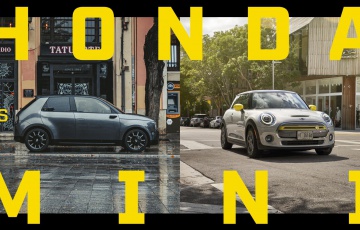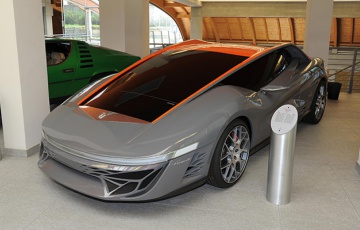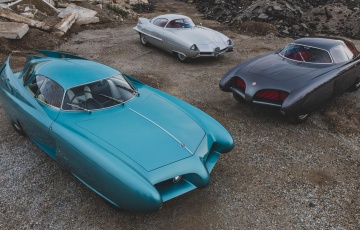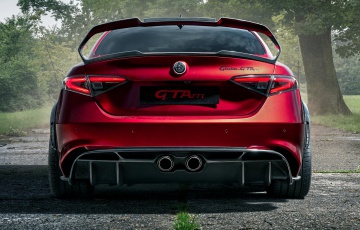- fiat
- fiat 500
- mazda
- kei cars
- ducati
- fiat cinquecento
- city-car
- hot-hatch
- mazdaspeed
- mazda mx-5
- miata
- mazda miata
- Porsche
- porsche 356
- porsche moments
- sportscar together
- porsche speedster
- eunos roadster
- fiat panda
- panda
- alfa romeo
- alfa romeo giulia
- Giulia
- MINI
- mini cooper
- Ford
- ford puma
- suzuki jimny
- suzuki
- jimny
- bmw isetta
- isetta 300
- motorsports
9 of the best, fun cars with less than 150hp
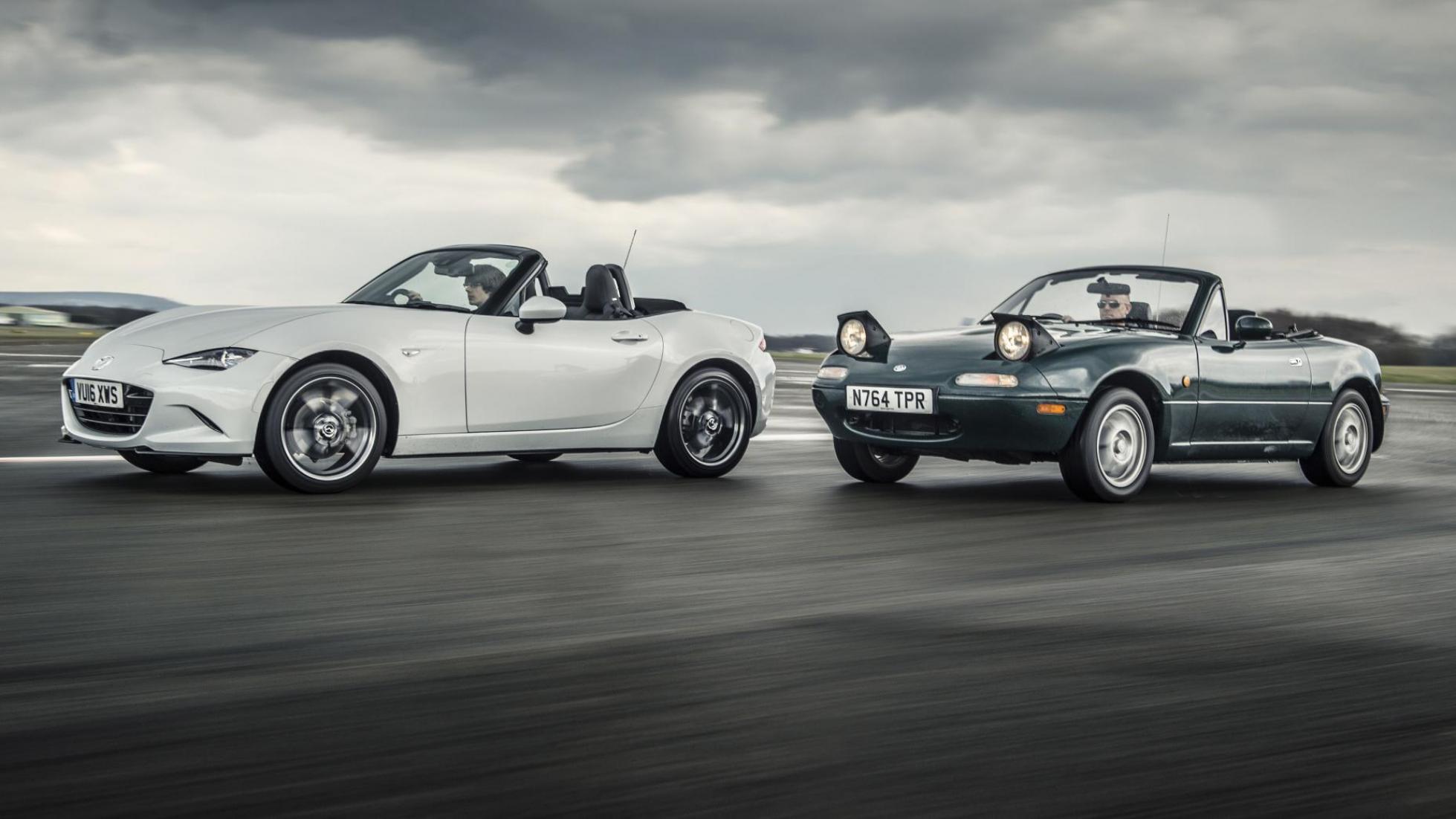
We talk a lot about how you don’t need a lot of horsepower to have fun. And we stand by that.
Absolutely leaning on a low-powered car is more fun than tiptoeing around in a high-powered hypercar.
And we stand by that too. But here’s a third point we stand by: you don’t even need to be wringing a low-powered car’s neck to extract proper fun. And for a lot of you, that might be a tough sell.
But what, exactly, defines ‘low-powered’? In 2020, that generally means anything less than 300hp, but we’re from an era when that amount of horsepower was a metric boatload, so we’re definitely going to head lower than that.
Less than 200? Absolutely. Two hundred horsepower is the sort of shove that takes machinery like Renaultsport Clio 200s and MkV Golf GTIs to properly licence-shredding speeds.
The GT86-BRZ twins come in at about 200hp as well, which means that we’ve three perfect examples of low-ish power being fun.
But what about less than 150hp? Modern wisdom would suggest that fun evaporates once you drop below this mark.
It’s half of what you get (and apparently need) in a modern hot hatch, a quarter the power of a performance sedan and increasingly infinitesimal fractions of what you get from modern super and hypercars.
Surely, Shirley, sub-150hp is a fun-free zone.
Yeah, right…
STORY Craig Jamieson
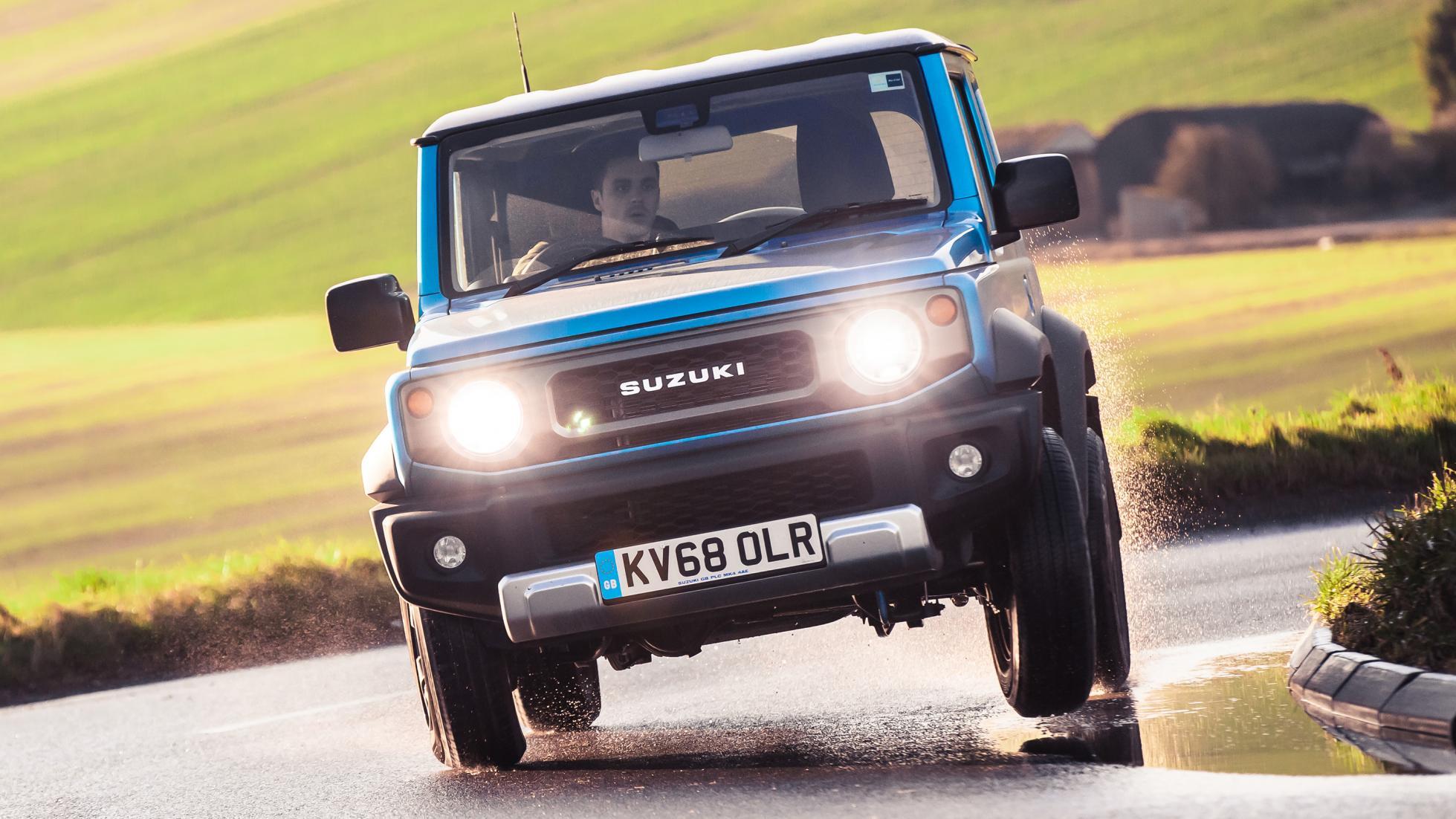
Suzuki Jimny
Thought this list would just be lightweight sports cars and snapshots of yesteryear, did you?
Hardly. Well, okay, mostly. But then there’s the Jimny, a slab-sided chunk of retro-pastiche that also handily doubles as a brilliant little car. Provided, of course, that motorways do not comprise the bulk of your driving.
It’s not so much that 101hp and 130Nm aren’t up to the task of shoving the Jimny along at 112km/h, even with its freight-container-inspired aerodynamics.
It’s that the gearing is set up for off-road crawling, so you’re already sitting at 4,000rpm by the time you reach the national speed limit.
You’ll probably send a valve out through the bonnet before you hit the Jimny’s purported 145km/h top speed, too.
Also, slab sides means that crosswinds are not a friend to the Jimny driver.
With that said, the low gearing and super-old-school way the 5spd manual shifts means that anyone who grew up driving a Nineties car will feel instantly at home.
And you’re going to have to run up and down those gears a bunch, so you’ll come to appreciate just how… erm, positively you can bang it into gear with nary a crunch or groan.
Weirdly, the Jimny’s also a perfect city car. Yes, the low gearing helps in the melee of city traffic, but it’s the height, tiny proportions and soft off-road-ready suspension that really help the Jimny shine.
(Click HERE to read about our study of contrasts between the Rolls-Royce Cullinan and the Suzuki Jimny)
If you, like us, live at most one metre from the nearest speed bump and at least 50 speed bumps away from wherever you’re trying to go, the Jimny is absolutely the right tool for the job. Just skim over the top without slowing down; it’s nothing to the Jimny.
Width restrictors? Let that bother some kind of hulking, off-road leviathan – you’ll shoot through without stress. Parking?
Heck, the Jimny’s shorter than a modern MINI Cooper, so it’ll slot into minute car spaces without any issues.
But, you’re wondering, is any of this fun? Not in and of itself, but there is an important point to make: so much of driving is so boring and soul-sapping, but not in the Jimny.
The Jimny insulates you from the drudgery, neatly sidesteps the tedium and sails past the frustrations.
And that puts you in the right frame of mind to actually respond to and engage with the machine and (shock and/or horror) actually enjoy regular driving.
And that’s where the real fun comes in. The Jimny is so raw and agricultural (by design, we might add) that you’re as involved driving it as you are an MX-5.
Better yet, you drive the Jimny pretty much the exact same way regardless of the terrain: foot welded to the floor, bouncing up and down, leaning over and giggling like a loon in equal measure.
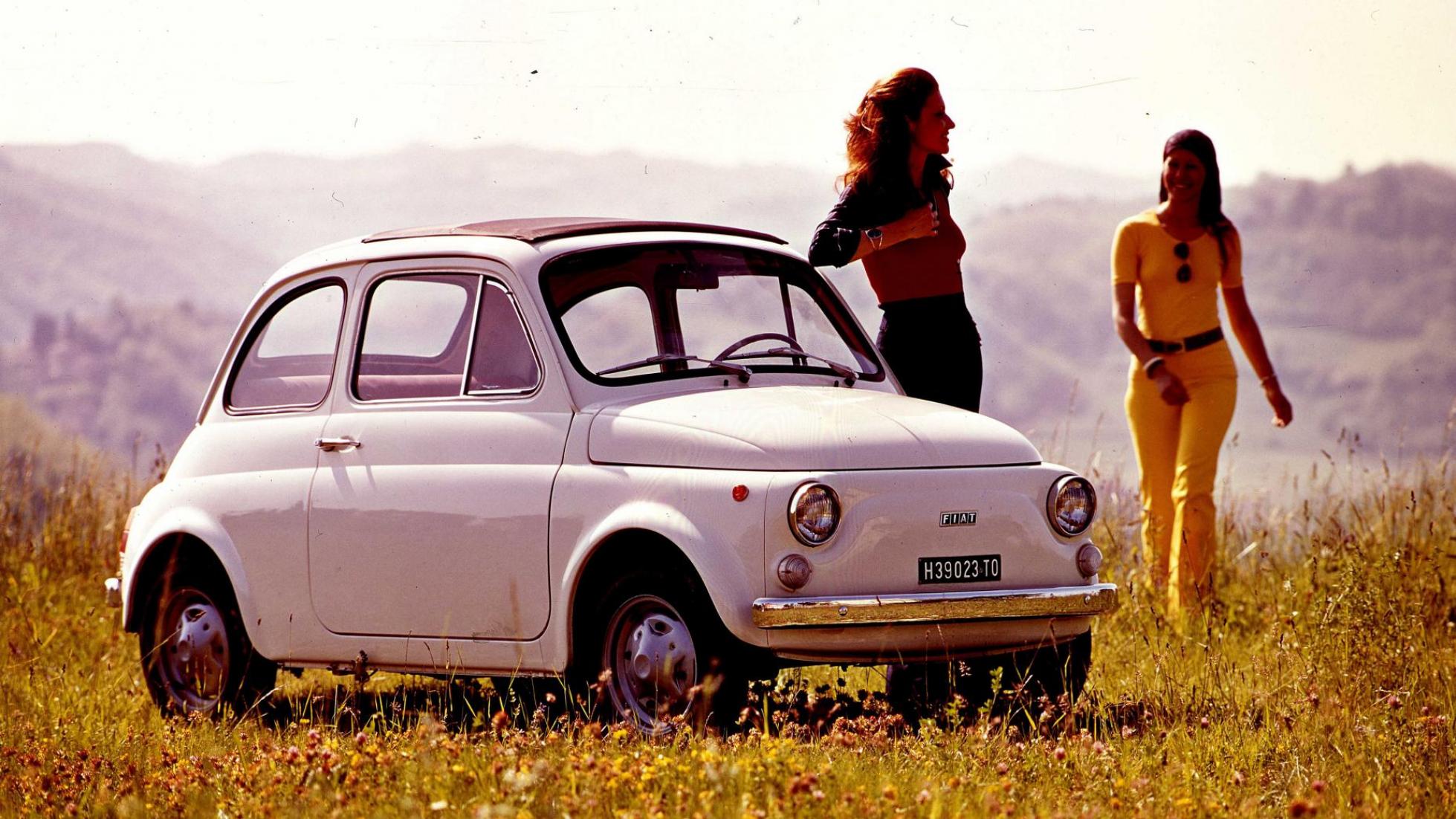
Original Fiat 500
And here’s perhaps the ultimate proof that fun doesn’t have to include fast.
Yes, the 500 does follow the same basic precepts as the cars that have come before it on this list – low weight, diminutive proportions and so on – but even with those boons, the standard-fit 479cc engine’s 13hp isn’t going to provide anything approaching white-knuckled performance, even if the whole car weighs less than 500kg.
Of course, there were versions with 18, 22hp and even 38bhp in the Abarth 695 – pretty healthy, considering it was working with a 700cc two-cylinder engine – but none is necessary to have fun in the tiny Fiat.
(Click HERE to read about two city-cars... the Fiat Cinquecento and the BMW i3)
Apart from being one of the best pieces of industrial design ever conceived, the Cinquecento brims with more character than a season of The Sopranos.
While it was designed to be as economical as humanly possible in every respect – materials, running and repair bills, interior packaging and, of course, purchase price - it doesn’t rub that miserly approach in your face.
So it doesn’t matter that the top speed of about 95km/h is reached with an eardrum-pounding din, the heater tends to leak hot air into the cabin even when you try to shut it out, or that basically every Bambino north of Sicily should really be nicknamed ‘Rusty’; the 500 rates as one of the purest, most direct connections between man and machine ever conceived.
There’s no buffer, no insulation from the fact that you’re working a machine that’s powered by fire and pumping and reciprocation.
But it’s not a fire-breathing track car for which you’ve paid umpteen thousand dollars; the 500 is exuberant and convivial and gives the impression that you’re both working together to conquer that hill.
And you absolutely will have to work together to conquer that hill. But you’ll love doing it all the same.
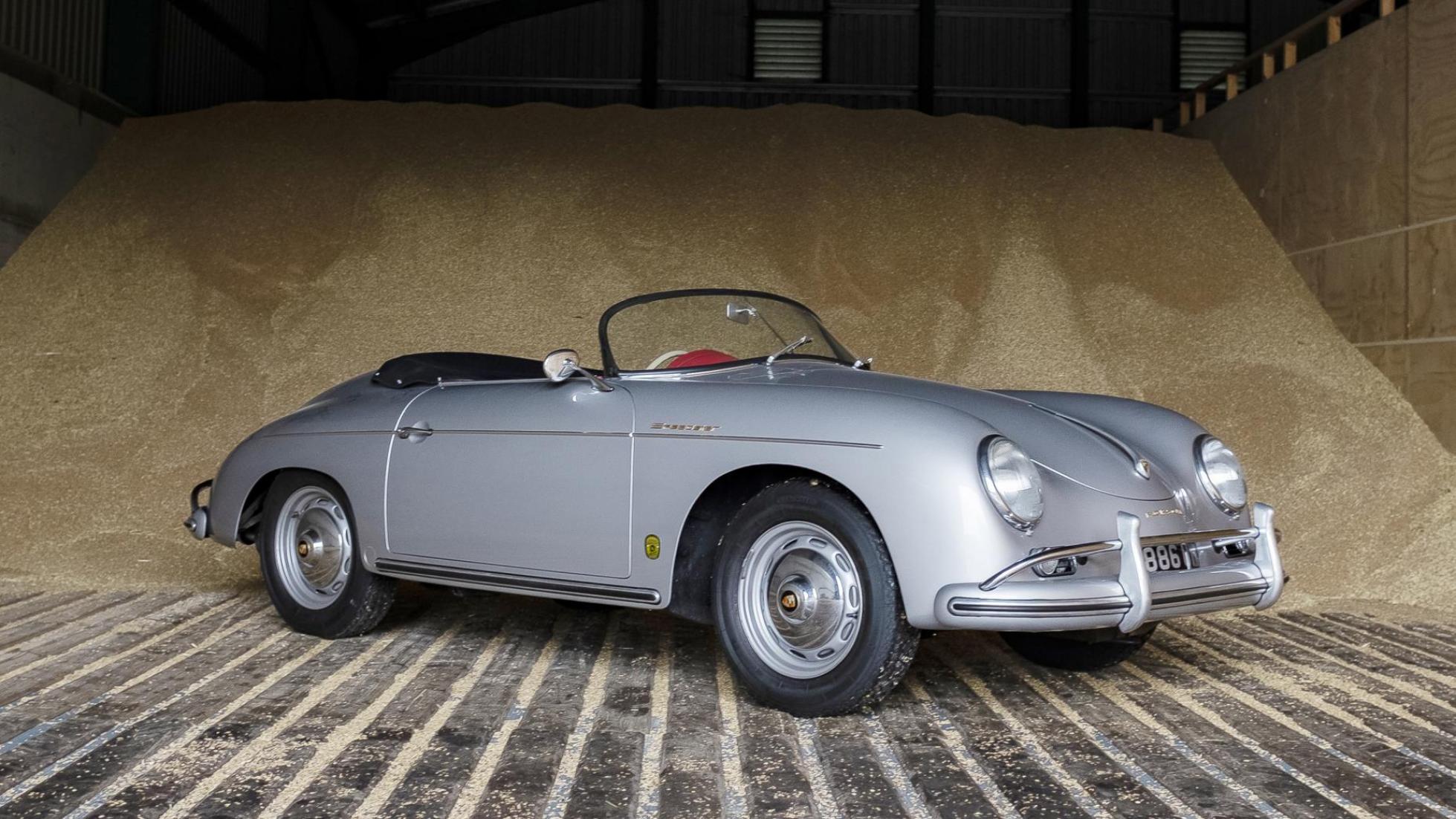
Porsche 356 Speedster
What? No one said it had to be cheap – just low-powered. And the 356 Speedster ticks both the ‘decidedly not cheap’ and ‘definitely not powerful’ boxes with millimetric precision.
Well, it did start off as the cheapest of Porsche’s 356 range, stripped of any and all luxuries but retaining everything necessary to tootle out of your garage on Saturday morning, demolish a full field of race cars that afternoon and trundle home that evening.
And yes, this was in the days where a Porsche with less stuff cost less than a Porsche with more stuff. Simpler times, no?
The 356 Speedster came with – as you might expect – an air-cooled flat-four engine, which made anywhere from 70 to 110hp.
Yep, that’s it. But let’s not be coy – with the Speedster’s slippery, featherweight body, 110hp meant more than 200km/h. In the 1950s.
In fact, the only way to get a 356 Speedster with more than 150hp is to buy a replica. And there are enough to choose from, to say the least – the 356 Speedster is probably one of the most copied cars in the entire world.
Replicas abound, from the simple and proportionally just-not-quite-right knockoffs, through bang-on, bolt-for-bolt reproductions and all the way out to ‘what we think the ultimate 356 Speedster could be’.
And how could this cottage industry exist, unless the original 356 Speedster wasn’t nigh-on perfect in performance, proportion and purpose?
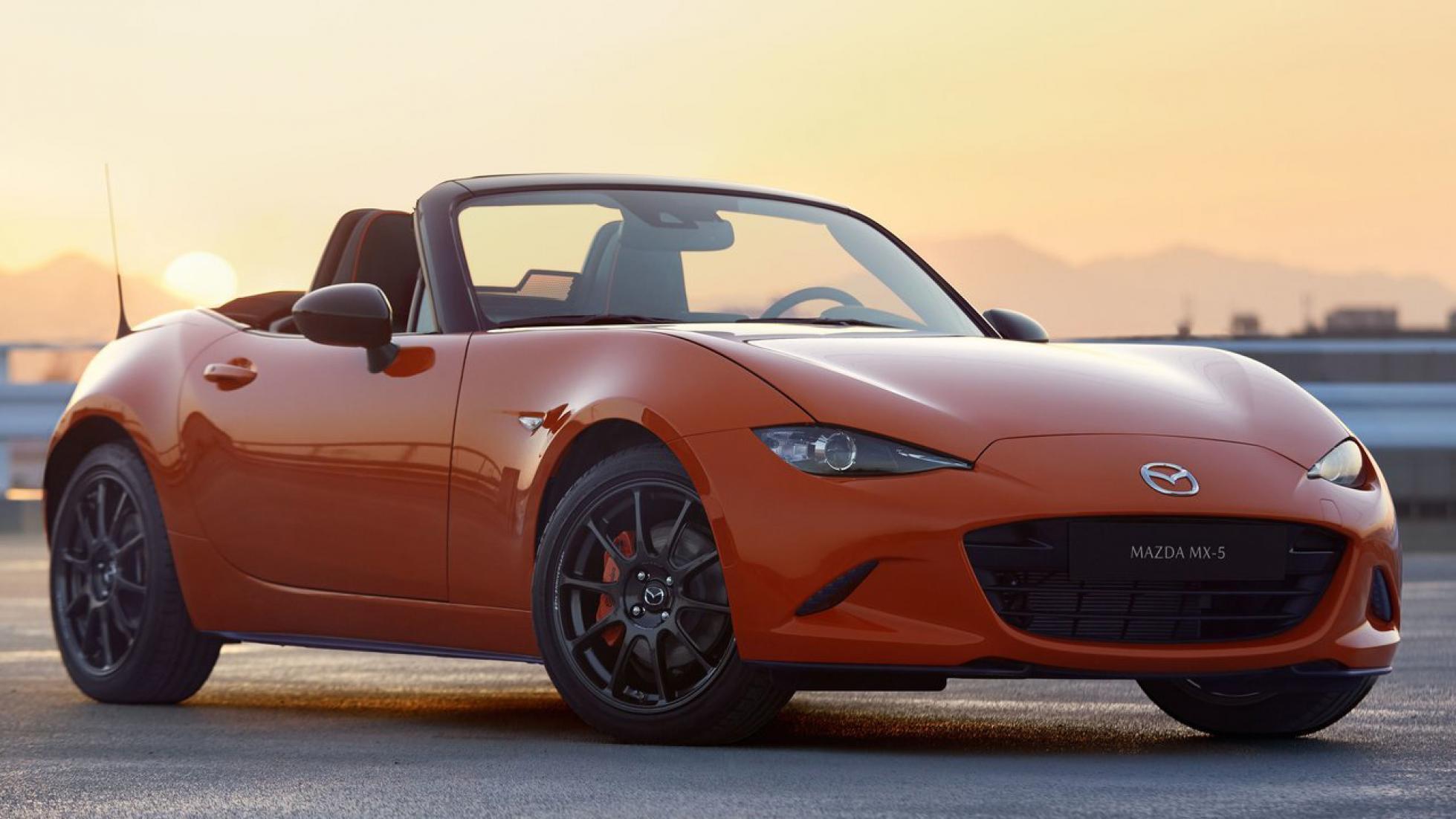
Mazda MX-5 (Miata)
Of course we have to start here. Remember when idiots used to say that marijuana was a gateway drug?
Well, we’ve found the one actual, extant gateway drug in the world: it’s the MX-5. Even a small dose of MX-5 will make you a lifelong driving addict, unable to resist harder and faster driving to get your fix.
The good news? In an MX-5, fast is very much a relative concept – your smile will eclipse the rest of your face long before you arrive at speeds that’d land you in a courtroom.
Say that about other ubiquitous sportscars like Mustangs and 911s. Oh yeah, ubiquity. Let’s get that out of the way now.
The Americans even have a saying for the ubiquity of Mazda’s world-renowned roadster: the answer is always Miata.
Even in a list of sub-150hp cars that are still as fun (and adorable) as a basketful of husky puppies, the answer is always… well, you get it. But does ubiquity really constitute a problem?
Lots of people like the iPhone, Pink Floyd and hamburgers, and it’s not like they’re any worse for their popularity.
And yes, you can get factory-fresh MX-5s with more than 180hp. You can also head around to BBR and return with 220hp, or place a call to Flyin’ Miata and have them squeeze in an LS engine with a faintly staggering amount of horsepower. And these are all excellent life choices.
But the fact of the matter is that a new, entry-level MX-5, with 133hp from its 1.5-litre, naturally aspirated four-cylinder, is a uniquely brilliant prospect. It’s the cheapest of the range, democratising the notion of driving for pleasure.
It’s also exceptionally light – lighter than the car it replaced, in fact – and has a small, efficient engine.
So your good time isn’t tempered by high fuel bills or the nagging bit in the back of your mind that reminds you about how ungood fossil fuels are for the world in which we live.
And all of this is absolutely deliberate on Mazda’s part – the MX-5 is a car designed purely for maximum enjoyment by ensuring maximum involvement.
You have to work with the car to get the most from it – something lacking in far too many modern sportscars – and it rewards your involvement at every turn.
Really, we could have just left it here and won the argument, but our editor said something along the lines of ‘a list of one isn’t really a list’ and ‘what the hell do I even pay you for?’, so let’s continue.
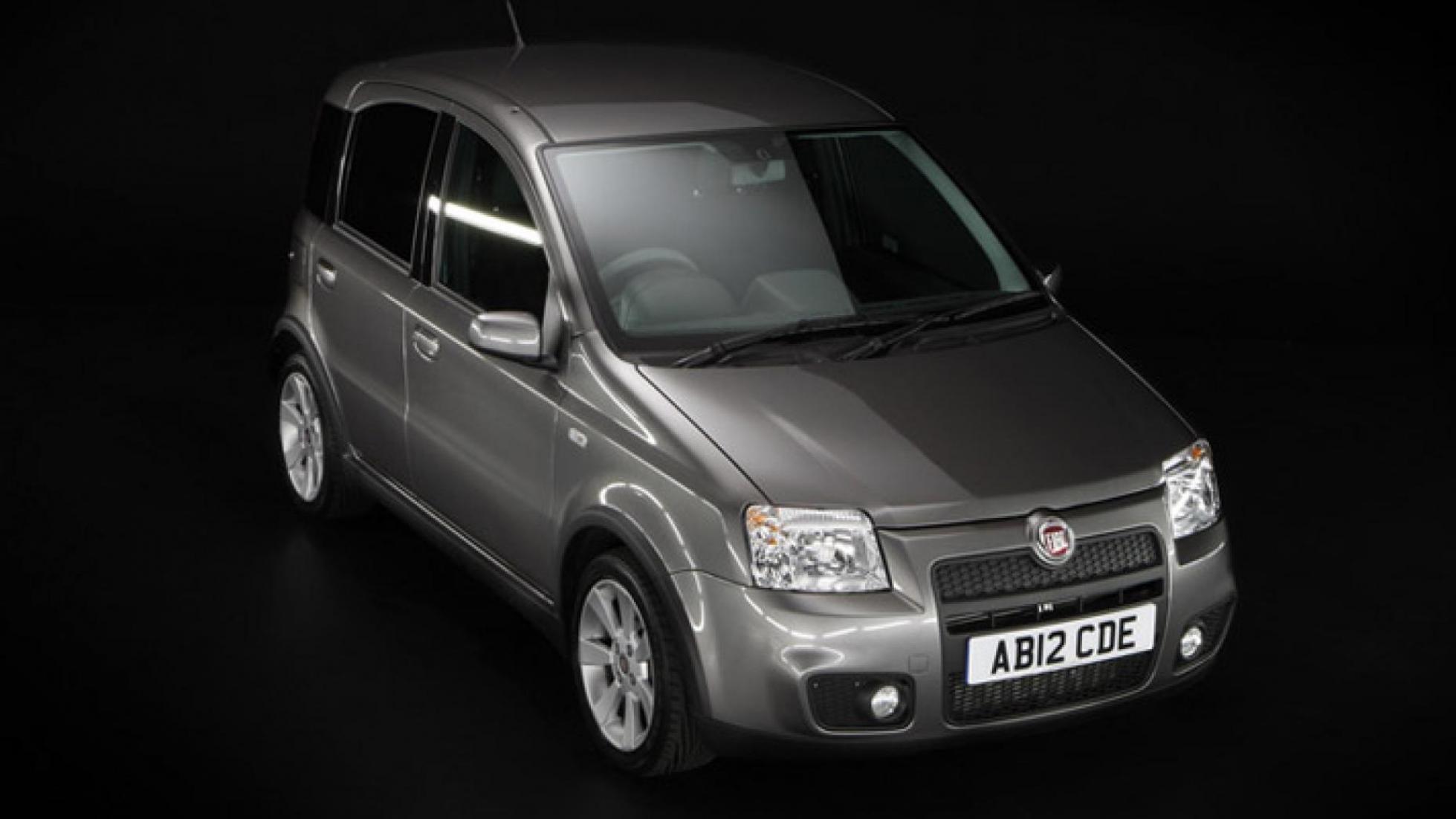
Fiat Panda 100HP
Helpfully, Fiat tells you just how powerful the Panda 100HP is in its title. There could be something to that, Audi, where you actually have a fair idea of how much power a car has, Audi, and not just some numbers chosen seemingly at random that purportedly represent a range of power outputs.
Because that’s just ridiculous, Audi. But let’s take the high road, and not mention any names of companies that get this really simple concept entirely wrong. Vorsprung durch sinnlose Verschleierung, right?
Fiat’s Panda 100HP has – you guessed it – 100 horsepower. Regardless of how many Italian cavalli, French chevaux or British shire horses the Panda has under the bonnet, the fact is that it’s comfortably less than 150, which is its first hurdle to clear in this particular steeplechase.
The second is that it’s genuinely entertaining. Yes, the suspension is about as forgiving as a 20-foot fall and the interior plastics are slightly harder than solving string theory, but the driving bits are bang-on.
The 100HP weighs less than a tonne, so yes, it makes the most of its fairly diminutive power output, but it’s throwing the Panda through corners that reveals the joys of a lightweight car.
The lower, stiffer suspension is actually brilliantly set up for cornering silliness and tenacious grip, considering the dinky city car origins of the Panda. All-round disc brakes, a six-speed manual and a 1.4-litre, 16-valve engine that just loves to be revved is nearly as hilariously fun on your average A road as it is at maximum attack on some Welsh B-road.
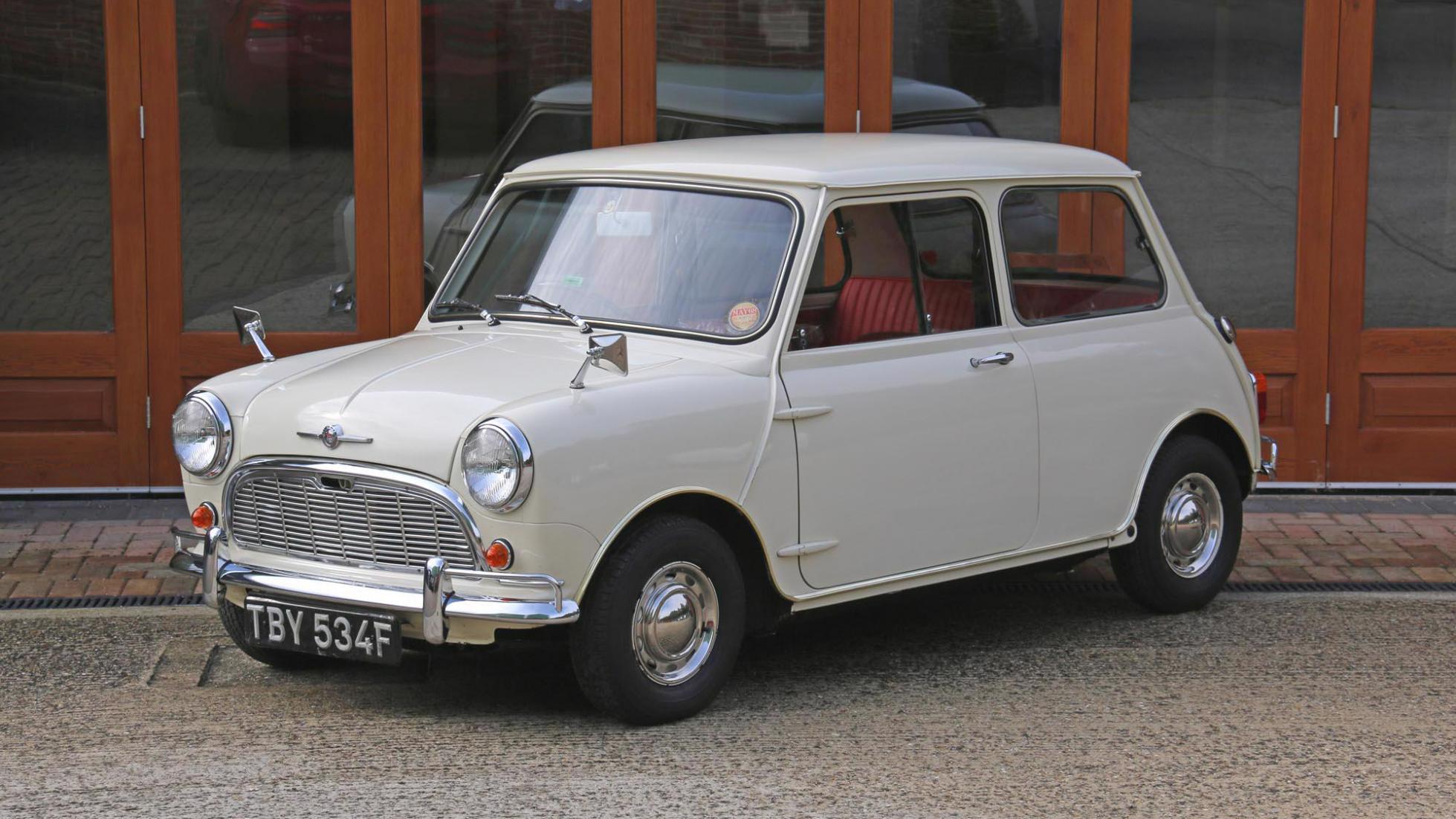
Austin/Morris Mini
Actually, speaking of Minis… Yep, here we are, at the intersection of obviousness and inevitability. How could we ever extol the virtues of low-powered fun cars without mentioning a car that’s not just the most famous for low-bhp hilarity, but famous to roughly everyone, for roughly everything?
But we’ll ask a counter-question, too: how could we not include one of the least powerful yet most fun cars ever to exist? Even if you put aside the misty-eyed Carnaby Street-Twiggy-Italian Job-Paddy Hopkirk nostalgia trip, the original Austin Mini is one of the most characterful and enjoyable cars ever made. And it managed to be that with just a few handfuls of horsepower.
The top-spec Cooper S, for instance, had a heady 77hp from its 1.3-litre A-series engine, and yet, when combined with the Mini’s featherweight body (golly, there sure is a theme here) and wheel-at-each-corner design, could have the measure of cars three times its size and six times as powerful out on the circuit.
Just watch a few clips of Minis dicing with gigantic American muscle cars back in the day, losing them on the straights but then carving them up the second it gets twisty.
But again, we’ve wandered into ‘fast’ rather than ‘fun’. And look, a lot of people derive immense satisfaction from going quickly, and that’s just fine. But we’re of the opinion that a truly fun car is as satisfying tootling along as it is spearing through bends at maximum attack.
And the Mini shines puttering along at 60 and 80km/h down a country lane, while you revel in the sounds, smells and ability to squeeze past the tractor just around the next corner.
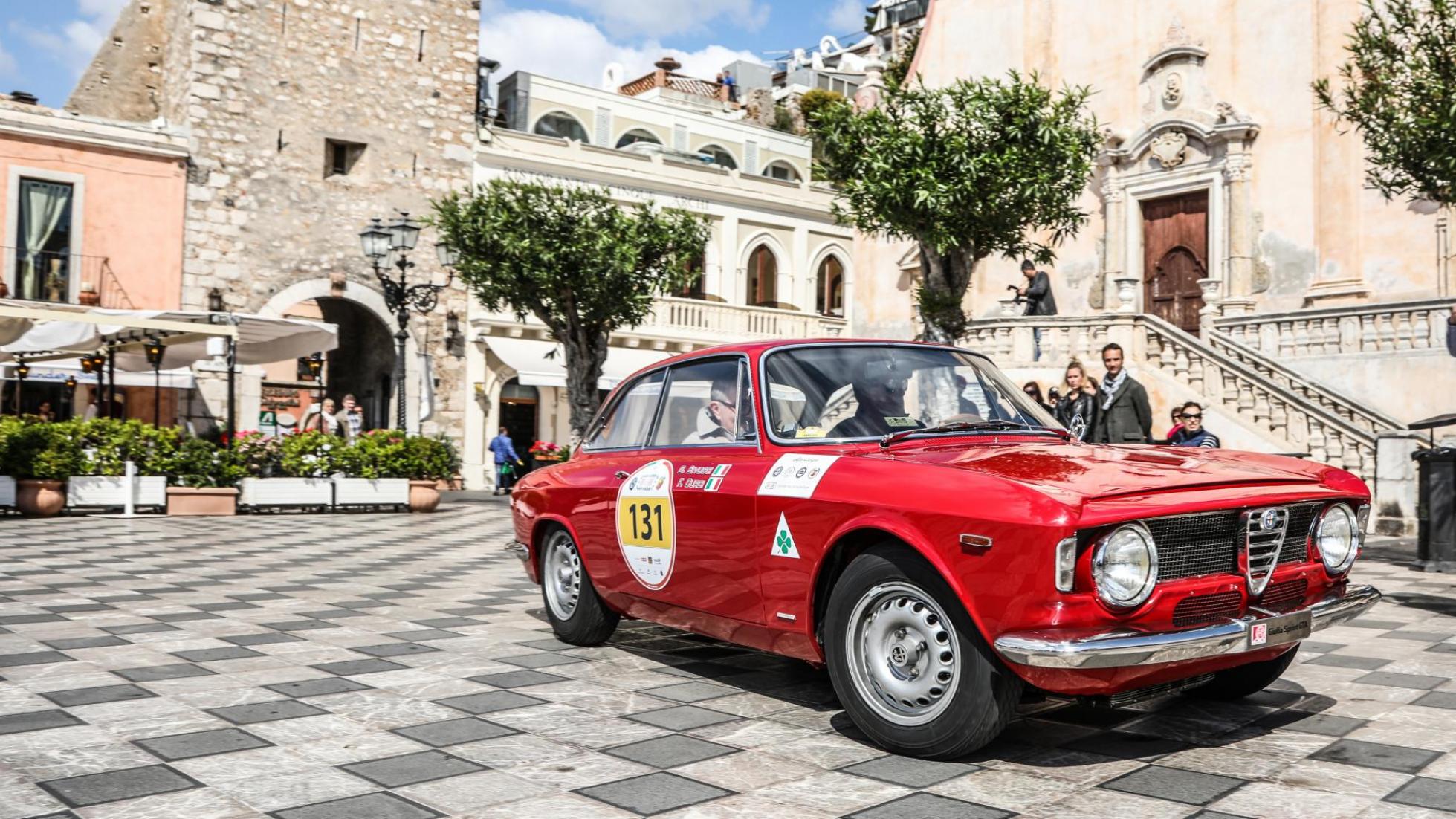
Alfa Romeo Giulia GTA
And again, we should probably indicate that we’re not talking about the 540hp beast of a thing that’s ready to terrorise BMWs, but rather the original, which is a) devastatingly gorgeous, b) about as lightweight as a shoebox full of helium, and c) the car that’s pictured above, which probably makes this explanatory paragraph only slightly less necessary than a trip to Barnard Castle.
But this is the car that cemented Alfa Romeo not as a has-been great, with victories in the days of polio and pith helmets, but a true sports-car virtuoso. OK, maybe the money side of things never really matched the engineering, but if we’re choosing between the two, we’ll take brilliant, barely profitable cars over unremitting crap that turns a big buck for the company. Did someone say EcoSport? No? Weird.
Giulia GTA fans (we sympathise) will note that the track-ready versions were good for 170hp from the 1.6-litre Nord engine. And maths fans will be quick to point out that 170 is a larger number than 150.
But the road-going GTAs made about 115hp, which is comfortably inside our self-imposed limit. It’s also more than enough when you consider that the GTA weighs less than 800kg, thanks to aluminium body panels, magnesium wheels, plastic windows and a stripped-out interior.
Yes, it’s the ‘Alleggerita’ part of the GTA that truly makes it special. Oh, and the famous twin plug heads – yep, eight spark plugs for four cylinders, to ensure a quick, even burn of fuel – bigger carbs and a close-ratio gearbox. It’s proper old-school tuning, and we absolutely love it.
Of course, any classic 105 Series will be fun to drive – they’re classic Alfas from when Alfa was at its mass-market best – but the GTA stands apart. There are no filters between man and machine, no brake boosters or power steering or insulation or electronic interference to speak of.
You and you alone are responsible for the GTA’s trajectory and velocity. And we can’t imagine anything better.
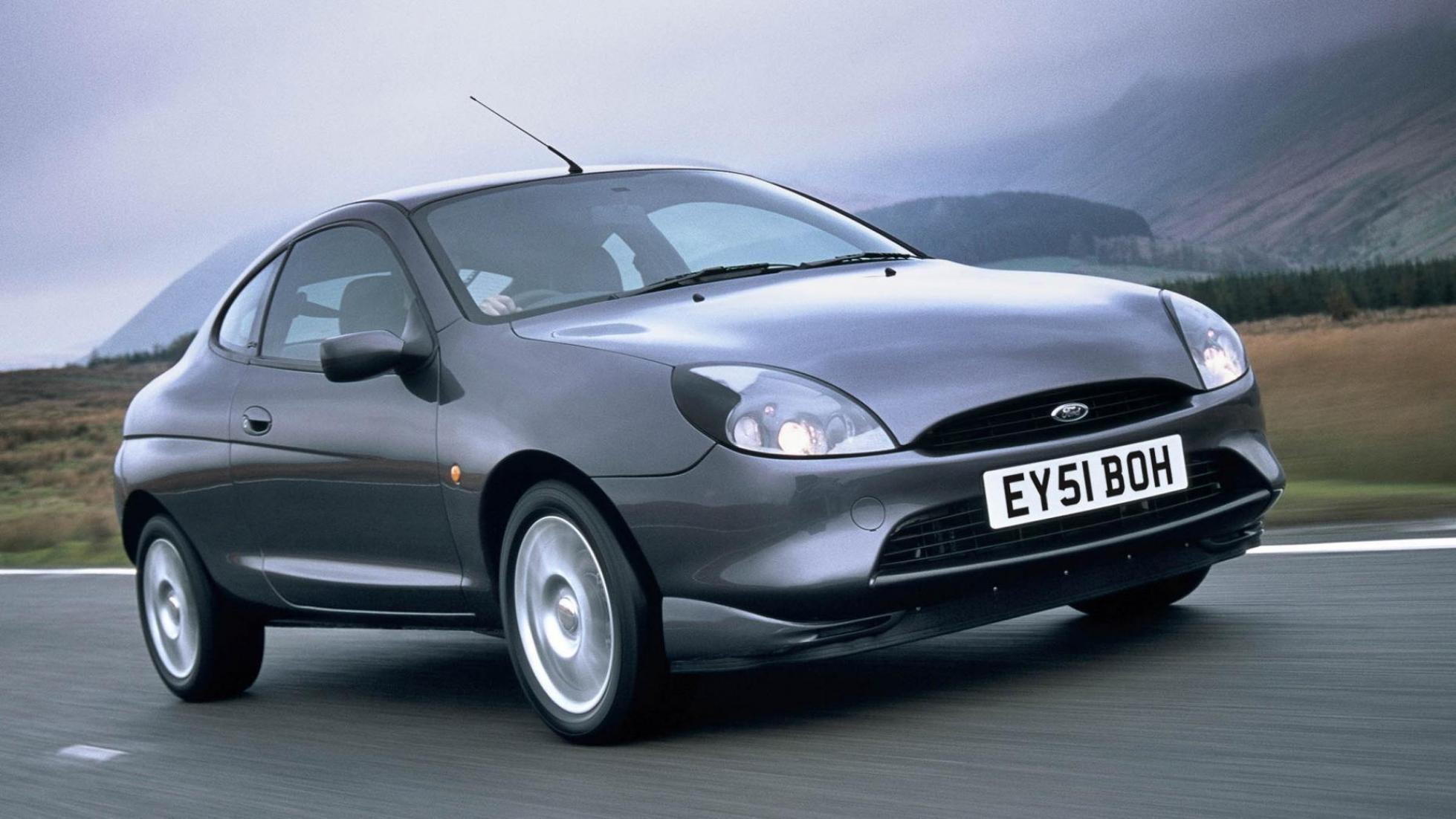
Ford Puma
Now, we’re talking about the old, coupe one of course. The new Puma is more of a fat house cat. The Puma coupe, on the other hand, was Top Gear’s car of the year way back in 1997.
But what could all the fuss possibly be about, considering we’re talking about a tarted-up Fiesta? Oh, just watch and learn. It got an entirely new body, wider track, stiffer suspension and a close-ratio manual gearbox.
Oh, and a 1.7-litre four-cylinder that just begs to be revved, thanks in no small part to the fact that Ford shipped the engine blocks to Yamaha, who sprinkled them with magic (and also Nikasil) and then shipped them back to Europe so they could be bolted into waiting shells.
Back in the Nineties, the Puma’s handling was lauded by all sorts of car journalists, some of whom had a worrying predilection for leather jackets. And 20 years hence, the Puma’s handling was still lauded by car journalists, all of which had a worrying predilection for skinny jeans. Youths.
But the Puma remains fantastic. Why, you ask? Well, haven’t you been reading this entire time? Feedback, Involvement. A sense of humour so strong that it prevents the Puma from ever entering politics. Just check out a few old videos of Tiff Needell throwing a Puma around with a gleeful abandon usually reserved for teenagers and you’ll see the sort of feelings driving a Puma drums up.
If you’re a Puma tragic, you’ll notice we’re not talking about the Ford Racing Puma. And that’s simply because it just edges itself out of our ‘150hp or less’ rule. OK, it’s by three measly horsepower and, with two decades worth of use, it’s probably making less than 150. But we made the damn rule, so we should at least try to enforce it.
And it’s really no hardship; the Yamaha-fettled 1.7-litre engine is broadly the same in the regular Puma, with changes apparently limited to different cam profiles and an ECU tune.
And the Racing Puma’s wider track, Ford Racing suspension setup and Alcon brakes make for a much more serious machine than the standard Puma, which dances and flits at sensible speeds rather than pounding and gripping at constabulary-summoning velocity.
Yep, we’re calling it: for maximum fun, locate a gorgeous Ford Racing Puma, take in its sinuous flanks, lowered stance and flared wheel arches, then turn around and walk back to the standard 125hp version.
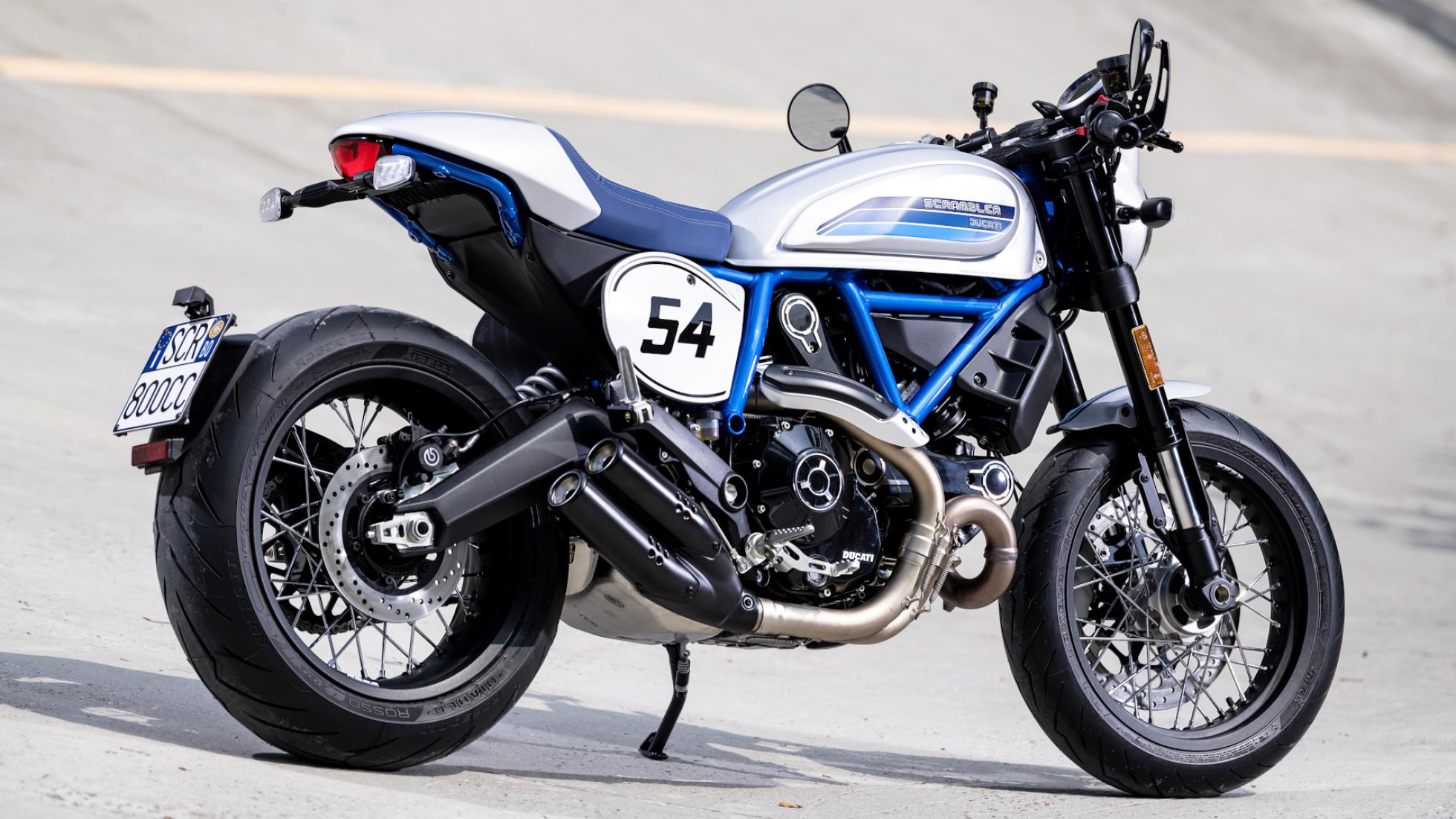
A motorbike. Duh
Fun fact: a cheap-as-day-old-chips motorbike with 48hp will do 0-95 in six seconds. OK, sure, it’ll also top out at all of 177km/h, because human bodies are pretty far from aerodynamic. But think about the amount of power you need in a modern car to get that kind of nought to hundred time. That’s quicker than a brand-new Golf GTI and nearly as quick as a 320hp Civic Type R.
Now imagine what you can do with twice or three times the power in a motorbike frame. If you derive fun from being terrified but surviving (i.e. if you’re the sort for which no rollercoaster is too much), then a 140-odd horsepower motorcycle is probably for you. If you’re of a more conservative bent, the good news is that you don’t need the sweet relief of knowing you’re still alive to have fun on a bike.
Depending on your size and comfort zone, just a mere handful of horsepower is enough to inspire a series of giggles so loud and prolonged that pedestrians will likely wonder a) if you actually own the bike you’re riding or have purloined it from someone else, b) how many laws you’ve broken to look so happily mischievous and c) if your jacket wouldn’t be slightly better if it was the sort that did up at the back.
A bike puts you right out in the elements. If you think a car reacts to your inputs, b-b-b-baby you just ain’t seen nothin’ yet. Brake too suddenly with the front brakes and chances are you’ll somersault over the handlebars. Brake too suddenly with the rear and you’ll lock up and slide.
Wind the throttle on with no finesse at all and you’ll remark at how quickly you’ve been deposited to the ground, while your bike scampers off like a spooked brumby. But take your time, learn the machine, learn the surface and – not to sound all Zen and the Art of Motorcycle Maintenance here – learn yourself, and you’ll be amazed how intuitive it is to ride. Moreover, how in tune you are with the bike, and with yourself.
The great news here is that no road-going motorbike can possibly need more than 150bhp and, in most scenarios, there’s no need for any more than 100. It’s that key power-to-weight ratio again, where the scant mass of a motorbike means that what seems like a paltry amount of power is enough to fling you at any given horizon about twice as fast as you were expecting to get there.
And yes, if you want, you can have motorbikes with more than 150hp. More than 200hp, even, if you’ve moved past licking windows and have now started tongue-washing entire skyscrapers.
Side note: bikes that powerful need – you guessed it – a whole suite of traction and stability controls to ensure you don’t do the world’s fastest unintended triple salchow.
So, just like we’ve been banging on about for thousands of words, take things down a notch. There’s all the fun in the world to find there.






